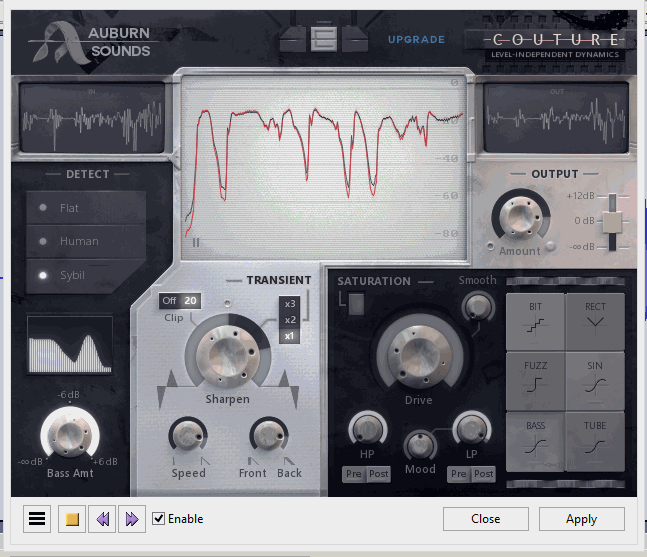Free version of Couture is worth the effort of download : real-time fine adjustment of the expander effect …

Transient is another free plugin worth the effort of tracking down : it can reduce the steepness of the attack making the vocal easier on the ear if in large doses, like an audio-book.